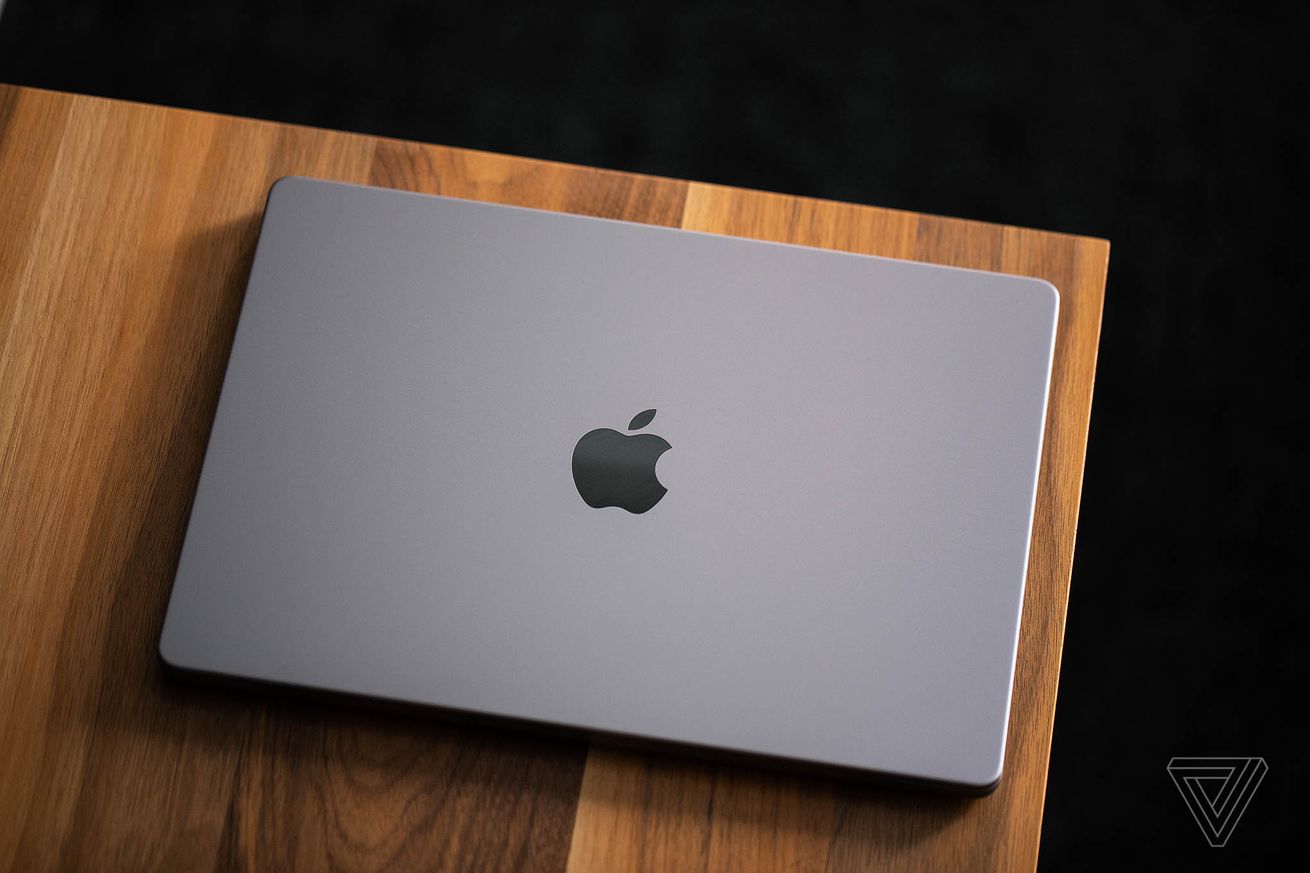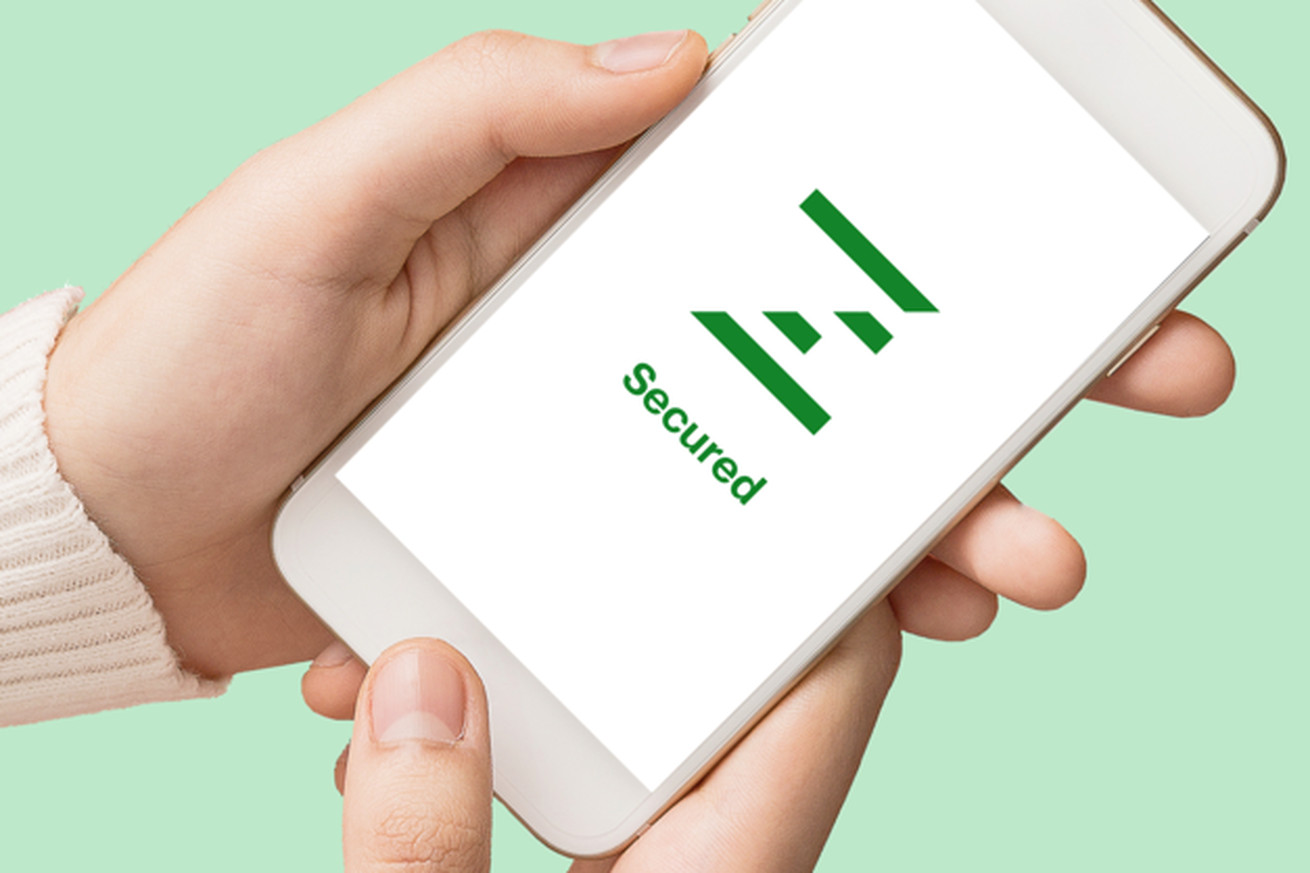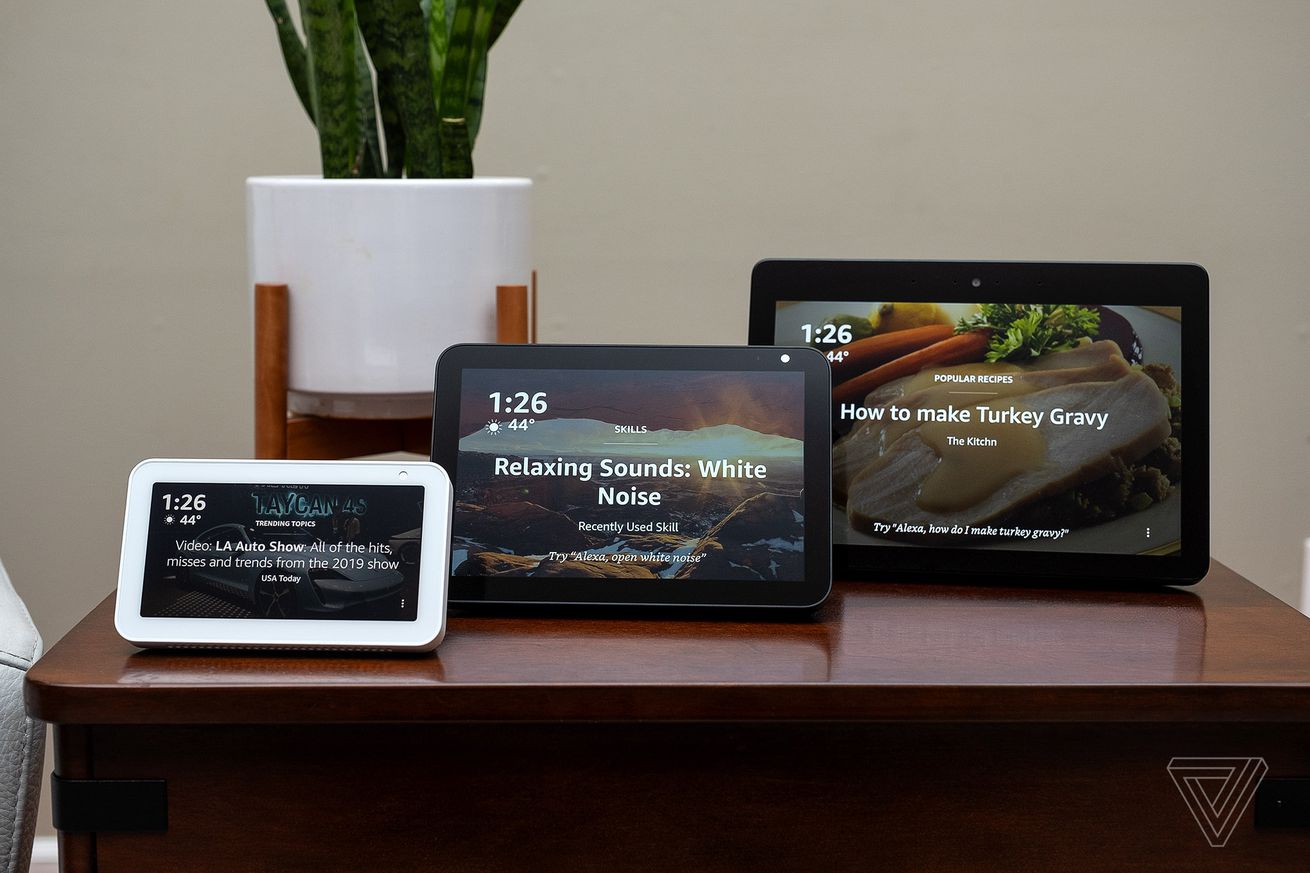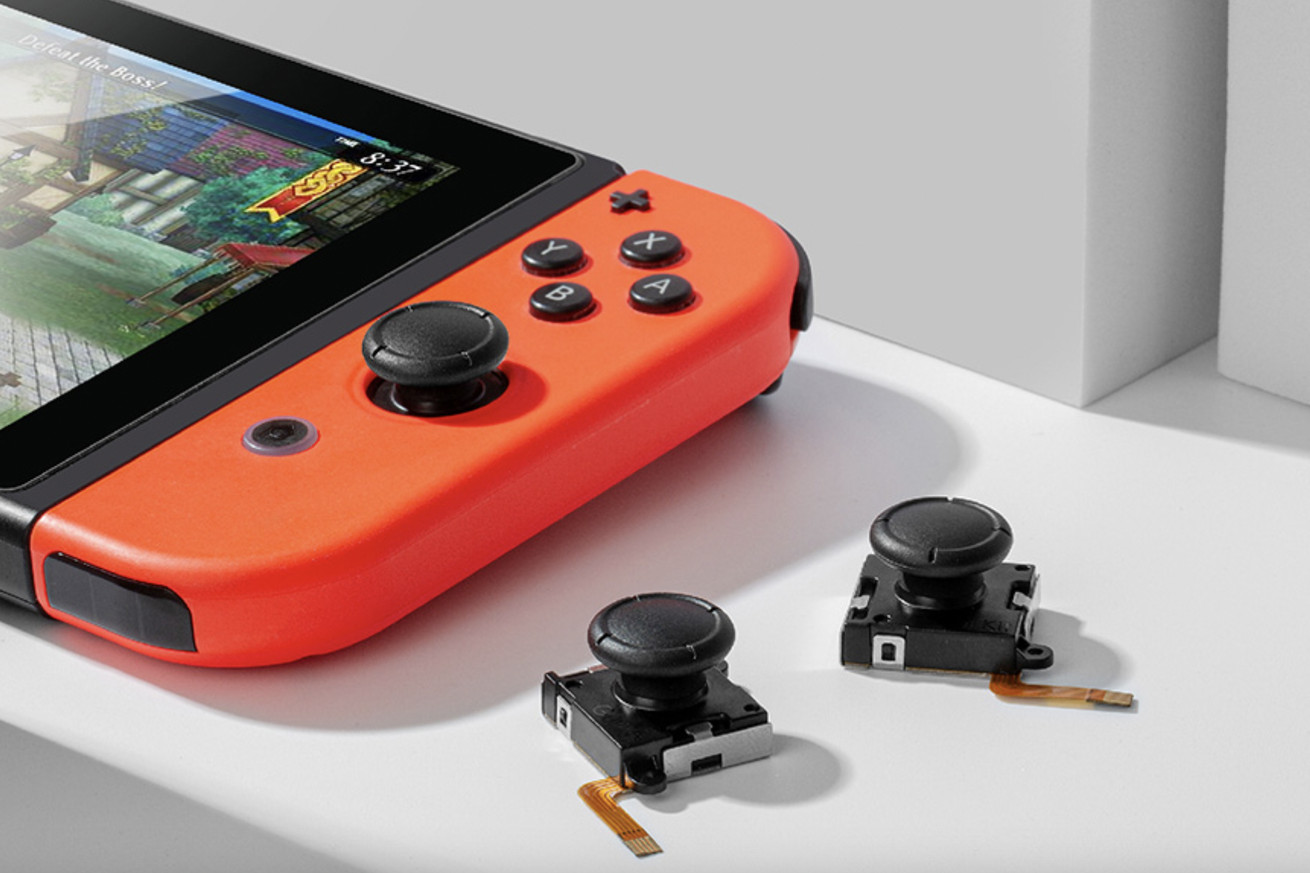
Meta announced Wednesday that it will allow former President Donald Trump back on Facebook and Instagram two years after his initial suspension.
In a Wednesday blog post, Meta announced that it would reinstate Trump’s accounts sometime over the next few weeks. If Trump once again violates Meta’s content policies, the company said that his accounts would be subject to additional suspensions, ranging from one month to two years, “depending on the severity of the violation.”
“As a general rule, we don’t want to get in the way of open, public and democratic debate on Meta’s platforms – especially in the context of elections in democratic societies like the United States,” Clegg said in Wednesday’s blog post. “The public should be able to hear what their politicians are saying – the good, the bad and the ugly – so that they can make informed choices at the ballot box.”
As part of Wednesday’s announcement, Meta updated its policies to account for content that doesn’t explicitly violate its rules but could encourage violent or harmful behaviors similar to the January 6th attack on the Capitol. If this content is identified in the future, Meta said it restrict its distribution, like limiting a user’s ability to share a post. The company could also restrict an account’s access to advertising tools.
Trump was banned from Facebook and Instagram following the deadly January 6th attack on the Capitol two years ago. At the time, Meta CEO Mark Zuckerberg said Trump was suspended for provoking violence and praising the rioters’ actions. Meta was one of the first platforms to ban the former president, effectively removing all of his accounts from mainstream social media services.
Ending Suspension of Trump’s Accounts With New Guardrails to Deter Repeat Offenses https://t.co/M6U6MIoEl2
— Meta Newsroom (@MetaNewsroom) January 25, 2023
At first, Meta indefinitely banned Trump, but the company later revised that decision after receiving guidance from its Oversight Board, an internal panel of experts that advise the company’s content moderation decisions. The board argued that an indefinite ban was inappropriate and called on Meta to prepare new policies governing harmful speech from public figures. By June 2021, Nick Clegg, Meta’s vice president of global affairs, announced that Trump’s suspension would last two years, and the company would decide whether to reinstate his accounts once “the risk to public safety has receded.”
In that same June blog post, Clegg said that the company would roll out a “strict set of rapidly escalating sanctions that will be triggered if Mr. Trump commits further violations in the future,” up to and including permanent removal of his pages and accounts.”
Trump’s Twitter account was reinstated last November. After purchasing the company, Tesla CEO Elon Musk ran a Twitter poll asking whether the former president should be allowed to return to the site. Trump has yet to make an official return to Twitter, exclusively using his personal social media platform, Truth Social, as his primary means of communication.
Responding to Meta’s announcement Wednesday, Trump tore into the company on Truth Social. “FACEBOOK, which has lost Billions of Dollars in value since ‘deplatforming’ your favorite President, me, has just announced that they are reinstating my account,” he said. “THANK YOU TO TRUTH SOCIAL FOR DOING SUCH AN INCREDIBLE JOB.”
The account reinstatements come months after Trump formally announced that he would be running for reelection in 2024. Throughout his 2016 and 2020 campaigns, the Trump team spent millions on Meta platform ads alone. While Trump was kicked off his most-favorite platform, Twitter, his campaigns have spent significantly more money on Facebook and Instagram. Twitter banned political ads from its platform in 2019.
Earlier this month, Trump’s 2024 reelection campaign petitioned Meta to unblock the former president’s access to his accounts.
“We believe that the ban on President Trump’s account on Facebook has dramatically distorted and inhibited the public discourse,” the campaign said in a letter to Meta last week.
In anticipation of Meta’s decision, two Democratic lawmakers urged the company to continue Trump’s bans in a December letter. Rep. Adam Schiff (D-CA), head of the House’s investigation into the January 6th attack, signed onto the letter writing, “For Meta to credibly maintain a legitimate election integrity policy, it is essential that your company maintain its platform ban on former president Trump,” according to CNN.
More than a year after being banned from Facebook, Instagram, and Twitter, Trump launched his own social media platform called Truth Social in February 2022. As of publication, Trump has amassed over 4.5 million followers on Truth Social compared to the nearly 34 million Facebook followers and 90 million Twitter followers before his bans.
UPDATED January 25th, 2023 at 5:59PM ET: Added a statement from Trump on Truth Social.




/cdn.vox-cdn.com/uploads/chorus_asset/file/24381280/Screenshot_2023_01_23_at_16.29.31.png) Image: ZenKey via The Wayback Machine
Image: ZenKey via The Wayback Machine



/cdn.vox-cdn.com/uploads/chorus_asset/file/24380724/wyze_battery_cam_pro.jpeg) Image: Zatznotfunny.com
Image: Zatznotfunny.com
/cdn.vox-cdn.com/uploads/chorus_asset/file/24380742/wco_pro_battery.jpeg) Image: Zatznotfunny.com
Image: Zatznotfunny.com


/cdn.vox-cdn.com/uploads/chorus_asset/file/24378396/quordle_merriam_webster.png) Screenshot: Emma Roth / The Verge
Screenshot: Emma Roth / The Verge

/cdn.vox-cdn.com/uploads/chorus_asset/file/24378049/nintendo_switch_joystick_replacement.jpeg) Image: Gulikit
Image: Gulikit

/cdn.vox-cdn.com/uploads/chorus_asset/file/24375461/Screenshot_2023_01_20_at_17.17.10.png) Image: The Iconfactory
Image: The Iconfactory
/cdn.vox-cdn.com/uploads/chorus_asset/file/24375402/tweetie.png) Images: Tweetie / Twitter via The Wayback Machine
Images: Tweetie / Twitter via The Wayback Machine
/cdn.vox-cdn.com/uploads/chorus_asset/file/24375375/friends.png) Screenshot: Echofon via The Wayback Machine
Screenshot: Echofon via The Wayback Machine


/cdn.vox-cdn.com/uploads/chorus_asset/file/24376825/TRM_EoSCreditConversionTable_04.jpg) Image: Crystal Dynamics
Image: Crystal Dynamics